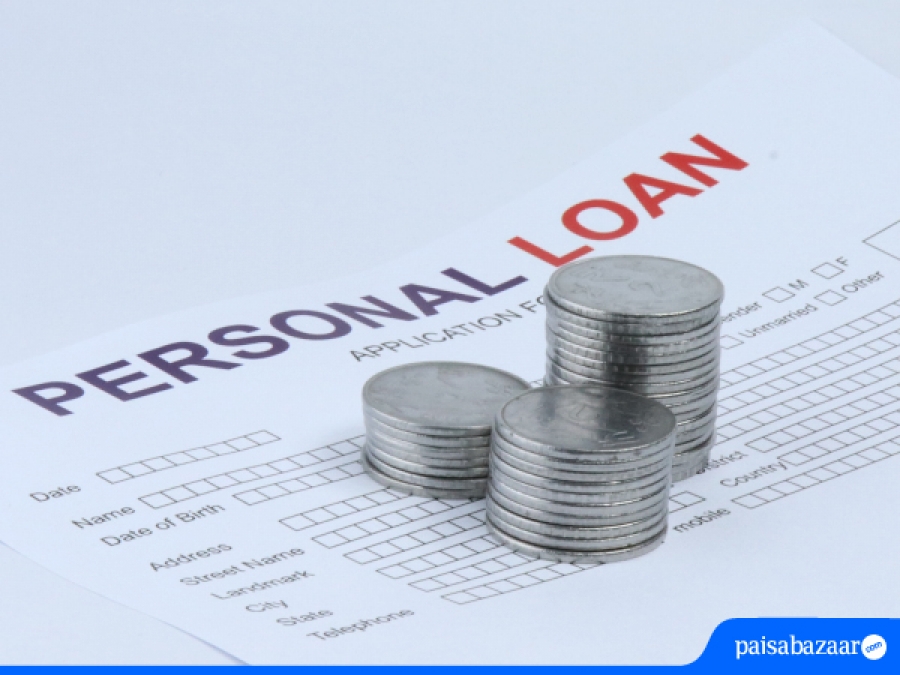Unsecured nature, faster disbursals and no end use restriction are some of the reasons why most people resort to personal loans, especially at times of financial emergencies. However, because of its higher interest rates, many borrowers try to prepay it as and when they have surplus funds. While prepaying your personal loan is favourable in most cases, there are still a few things that borrowers should look into to determine its suitability. To help you with the same, here are a few dos and don’ts of personal loan prepayment:
Dos of Personal Loan Prepayment
Check Prepayment/Foreclosure Charges & Conditions
Your lender may levy penalties on personal loan prepayment or foreclosure. While the Reserve Bank of India has banned banks and NBFCs from charging part-prepayment or foreclosure penalties on floating rate retail loans, including personal loans, no such rules apply on fixed rate loans. Lenders usually levy part-prepayment/foreclosure penalty of up to 5% of the principal outstanding on fixed rate personal loans. Many lenders also restrict part-prepayment or foreclosure till a set number of your personal loan EMIs are paid.
Determine Net Savings on Part-prepayment/Foreclosure
Interest cost savings is the primary goal behind making personal loan prepayment. There is also a common belief that personal loan borrowers can save on their interest cost only if they prepay in the initial years of the loan tenure. However, making prepayments in the later years of the loan tenure can also lead to savings on your EMIs. To determine the net savings on personal loan part-prepayment or foreclosure, borrowers should use online prepayment calculators. When estimating the net savings on prepayment/foreclosure, they should take prepayment/foreclosure penalties and other related costs (if any) into consideration. Personal loan borrowers should prepay their personal loans only when they make significant savings on their interest cost after considering other expenses related to the process.
Determine Whether to Make Investment or Prepayment
You can use surplus funds for either investment or prepayment. Which option would be suitable would depend on the savings/earnings made on either of the options. Ideally, borrowers should use their surplus funds for making investment in equity and stocks in a bearish market phase. This is because it is during this market phase the valuations of these instruments are attractive. Furthermore, the potential to generate returns through investments in equity over the time can be considerably higher than the savings made on the interest cost through personal loan prepayment.
Don’ts of Personal Loan Prepayment
Avoid Forsaking Your Emergency Fund for Prepayment
Financial emergency can easily erode your finances; therefore, building/ maintaining an emergency fund is essential for everyone. Ideally, your emergency fund, should cover at least 6 months’ of your monthly unavoidable expenses like your utility bill, children’s tuition fee, insurance premiums, home rent (if applicable), loan EMIs, etc. However, some borrowers use their emergency fund to make loan prepayments. By doing so, they may make significant savings on their loan’s interest cost; however, they will also greatly hamper their financial health. If a financial emergency arises, the lack of adequate emergency funds will force them to either redeem their long-term investments or avail loans at a higher interest rate.
Avoid Redeeming Investments that Yield High Returns
In an effort to quickly get rid of their loan obligations, many borrowers redeem their investments such as mutual funds, insurance policies and fixed deposits without doing a proper cost-benefit analysis. If the need arises, borrowers should redeem their investments after factoring in their potential returns. They should avoid liquidating investments that have the potential to yield returns higher than the interest rates applicable on their ongoing personal loans. Investments not linked to any crucial financial goals or yielding lower returns than your current personal loan rate of interest can be used for personal loan prepayment.
Word of Advice
Prepaying your personal loan helps in lowering your interest cost and loan repayment obligations. However, the part-prepayment/ foreclosure charges (if any) and the decrease in liquidity can discourage borrowers from making personal loan prepayments. Borrowers having restricted or insufficient liquidity can transfer their outstanding loan amount to lenders offering low interest personal loans. Making balance transfer at a lower interest rate would decrease their overall interest cost as well as their EMI burden.







